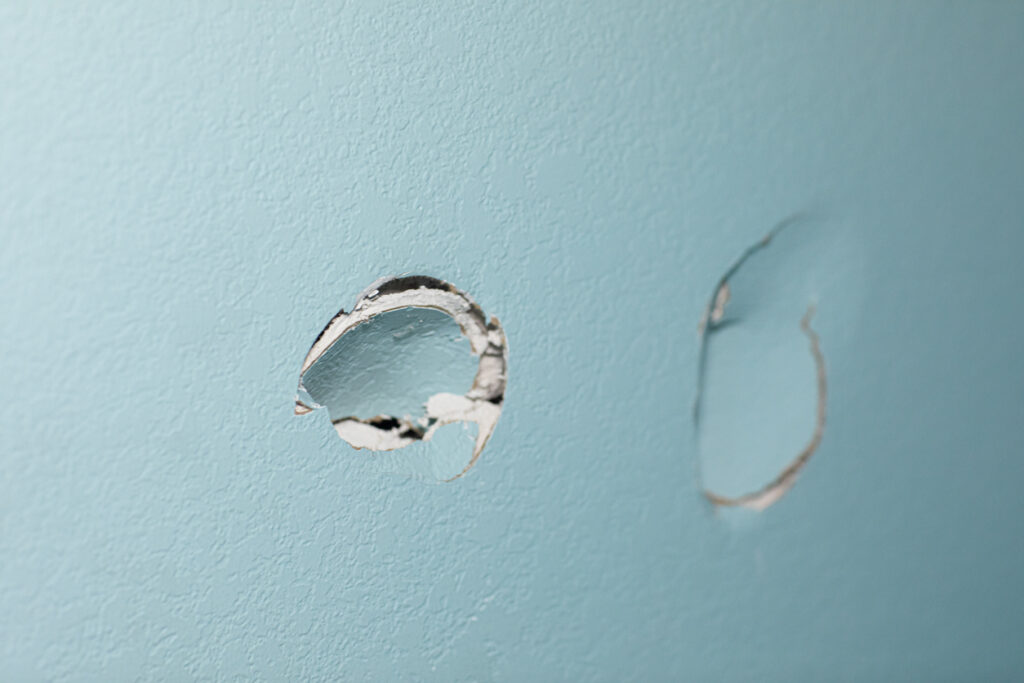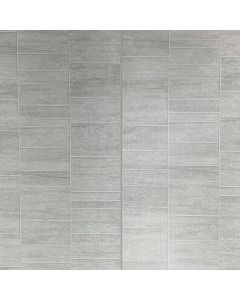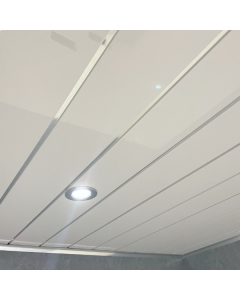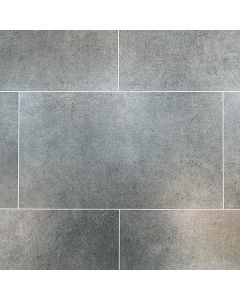Easy Ways To Fix And Cover A Bathroom Wall
Whether through accidents or general wear and tear, there’s always a chance that the walls within your home can become visibly damaged, including in the bathroom.
When this occurs, you’ll be understandably eager to find a way to repair the damage or, at the very least, cover it up.
The best and simplest method for doing this depends largely on the type of damage that you’re dealing with, as well as how cheap or easy you need the repairs to be.
Read on for a look at some of the methods for repairing damage to walls, as well as the best simple and cheap wall covering ideas for bad walls.
How to fix cracks in plasterboard walls
If you encounter a small, superficial crack on an internal wall, you can likely repair this fairly easily with a general-purpose filler.
These are readily available in all good hardware stores and are generally simple to use. Before you begin, make sure that you have all the necessary tools with you. These are:
- Your chosen general-purpose filler
- A filling knife
- A hand sander
- A utility knife
- A brush or handheld vacuum cleaner
- An old bedsheet to protect the floor
You should also account for plenty of time to get the job done.
First off, lay your protective sheet down to prevent damage to your bathroom floor, then use a utility knife to very carefully increase the size of the crack just enough to allow the filler to be applied easily.
Once you’ve done this, prepare the area for the filler application by using either a small brush or a handheld vacuum cleaner to remove any dust within the crack.
Using a filling knife, carefully apply the filler to the crack, ensuring that the filler reaches the depths of the crack. Once you’re happy that the filler has been applied effectively, use the filling knife to scrape away any excess from the surface.
Leave the filler to dry for around 60 minutes or for the length of time recommended by pack instructions, then use the hand sander to smooth if necessary.
How to fix holes in plasterboard walls
The process to repair a hole in a plasterboard wall isn’t too different from the repair process for cracks but does require some extra materials.
Depending on the size of the whole, you’ll likely need to fix it using a plasterboard patch.
First, use a utility knife to neaten the edges of the whole and remove any dust.
Using an off-cut of plasterboard, cut a patch just large enough to cover the hole but small enough to fit through it. You’ll need to drill a hole through the centre and pull through a piece of string, knotted securely at the end – you’ll use this to hold the patch in place throughout the repair process.
Use the string to move the patch into place and hold it taut whilst using a filling knife to generously but carefully apply general purpose filler, scraping away the excess once you’ve done this.
The patch will need to stay in place while the filler sets. You can do this by pulling the string taut and attaching it to a sturdy nearby surface, either by tying or by securing the string with a pin or nail.
Once the filler has dried, you can smooth the surface using a hand sander and cut away the excess string.
Ideas to cover damaged walls
Even following the most effective of repairs and an extra lick of paint, you’ll likely be able to tell that the wall was damaged previously. With this in mind, it’s time to set about covering the damage.
There are a number of ways that you can do this, ranging from quick and temporary covers to more permanent decorative wall panels.
The simplest temporary choice, of course, is to use wall hangings, tapestries or wall art to cover damage to bathroom walls. However, we believe we have the perfect option for those looking for a more permanent solution.
DBS Bathroom panels
At DBS Bathrooms, we stock a wide range of decorative bathroom wall panels that can be used to cover damaged walls simply and easily. Our panels are available in a variety of colours, patterns and textures, with something to suit all tastes and can be installed within just a few hours without any professional help.
Thanks to their simple tongue-and-groove design, DBS Bathrooms wall panels can be fitted as a DIY project using just basic DIY tools.
Not only do they make a high-standard solution for those looking to cover damaged plasterboard, but they make a great choice for those wondering how to cover wall tiles without removing them. DBS Bathroom panels can be installed right over your existing tiles, meaning that you needn’t remove the entirety of a tiled wall if some of your tiles are damaged – you can decorate right over them.
Contact DBS Bathrooms today
For more information on any of the products within the DBS Bathrooms range, browse the bathroom wall panels collection in full, then get in touch and request free samples today.

























